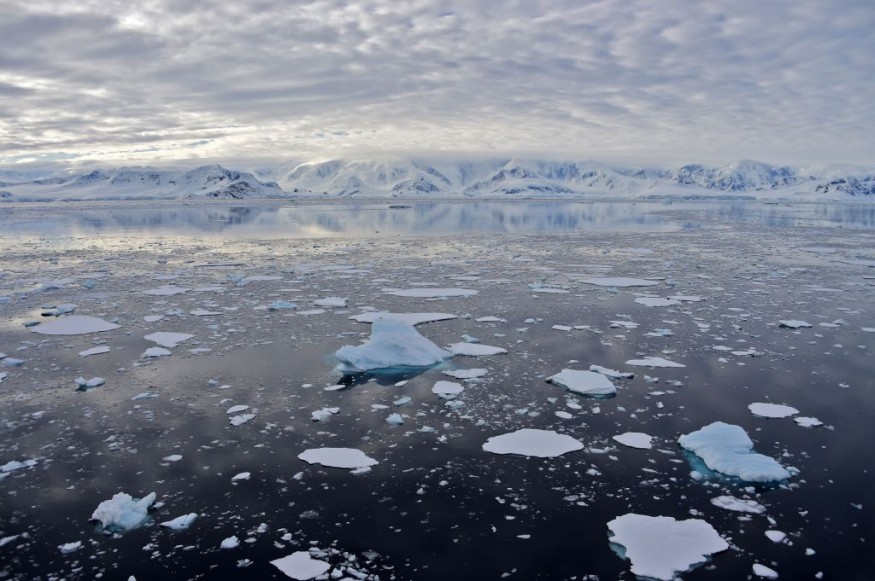Several major glaciers will vanish by 2050, according to a UN research. Whatever the scenario for temperature rise, according to a recent study from UNESCO, a third of the glaciers that make up World Heritage sites will vanish over the next 30 years.

Glaciers Melting
As sea levels rise due to melting glaciers, more frequent and powerful coastal storms like hurricanes and typhoons are produced. This increases coastal erosion and storm surge. The Antarctic and Greenland ice sheets, in particular, are the leading causes of worldwide rising sea levels. The Greenland ice sheet is already melting four times faster than it did in 2003 and is already responsible for 20% of the current sea level increase.
Major Glacier Loss

The ice cap of Mount Kilimanjaro is one of the most famous glaciers that experts believe will vanish as a result of global warming by the year 2050.
Across 50 of its World Heritage sites, the cultural organization UNESCO keeps an eye on about 18,600 glaciers.
According to a recent analysis, regardless of the temperature rise scenario, a third of those glaciers, including those in the Yosemite and Yellowstone parks in the US and the Dolomites in Italy, is expected to vanish over the next three decades.
By 2100, UNESCO estimates that over 50% of the glaciers that are part of the World Heritage Sites might vanish; however, some may be preserved if the global temperature change is kept to less than 1.5°C (2.7F).
Around 10% of the world's total glacier areas are designated World Heritage glaciers by UNESCO.
They include some of the most well-known glaciers in the world, which are melting over highly open land because they are major destinations for international travel.
According to Tales Carvalho, the report's principal author, World Heritage glaciers lose an average of 58 billion tons of ice year.
This accounts for over 5% of the observed global sea-level rise and is equal to France and Spain's combined yearly water usage.
The single most crucial preventative step to stop significant glacier retreat worldwide, Mr. Carvalho continued, would be to cut carbon emissions dramatically.
Given the anticipated additional shrinkage of many of these glaciers in the near future, UNESCO urges local authorities to make glaciers a priority of policy by enhancing monitoring and research and putting catastrophe risk reduction measures into place.
According to Mr. Carvalho, glacial lakes have the potential to rupture as they fill up, resulting in devastating floods downstream.
The research is released on the day of the COP27 summit, which is being touted as Africa's first UN climate conference in six years, to be held in Sharm el Sheikh, Egypt.
A Global Problem
A research from back in August revealed that the 1,400 glaciers in Switzerland have lost half of their overall volume in less than a century and that the rate of ice loss is quickening.
The ice volumes were discovered to have decreased by 50% over the 85 years from 1931 to 2016 and by an additional 12% after 2016.
Related Article : Melting Glaciers May Give Birth to the Next Pandemic
For Environmental News, don't forget to follow Nature World News!
© 2026 NatureWorldNews.com All rights reserved. Do not reproduce without permission.





